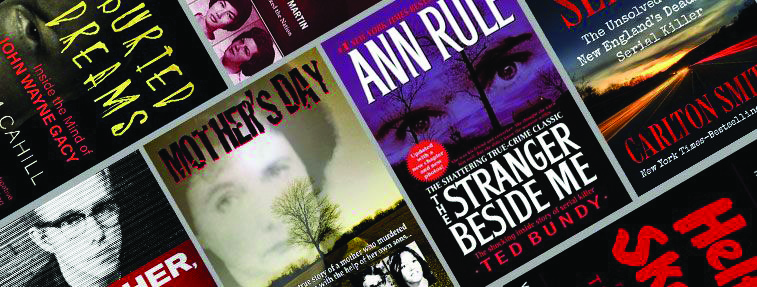Interest in true crime has been on the rise since the mid-2010s. Hundreds of podcasts, documentaries, TV shows, and books have all emerged for the consumer to learn about legendary serial killers and cases like Ted Bundy or the O.J. Simpson case. Surprisingly though, fascination with gruesome crimes has been a part of societies for decades, if not centuries, and research shows that nearly 85 percent of consumers are female. Just in the past fifty years, books such as The Stranger Beside Me by Ann Rule and Party Monster: A Fabulous But True Tale of Murder in Clubland by James St. James have flown off the shelves. While many of the books focus on the murders, madmen, and crazed, one wonders how the survivors and victims, who are generally women, walk in a world where their deepest traumas are made permanent on ink and paper.
Michelle McNmara was obsessed with the Golden State Killer (she even coined the name) and worked with the police in Sacramento, CA, to find them. For the last six years of her life, she worked on a true crime piece called I’ll Be Gone in the Dark that detailed her work to find the serial killer and rapists while also telling the stories of the survivors. Ms. McNamara unfortunately passed away before it could be finished, but it was later published with the help of her husband, Patton Oswalt, and detective Paul Holes. Due to this, the reader sees editor’s notes and rough versions of the author’s writing, giving them insight on how she chose to write the stories of the victims and survivors. The author made it clear that the research took a psychological toll on her, but rather than focus on the killer himself she made sure to place the victims “at the center of the story instead,” according to the Los Angeles Review of Books. Her ultimate goal was to show the strength of those who faced these traumas rather than the man who caused them. It offered those individuals a voice that was usually overshadowed by the public’s fascination with the perpetrator.
Ann Rule, a renowned true crime novelist, is best known for her book A Stranger Beside Me. This autobiographical and biographical piece details the demented killings of Ted Bundy and her time working at a sucide hotline call center with him before discovering who he really was. From 1980 to 2014, Ms. Rule published over thirty true crime books and was well-respected as a victims’ advocate who, like Michelle McNamara, focused on them. In a statement from the president at Simon & Schuster, Ann Rule’s decision to center her books around the victims “reinvented the crime genre and earned the trust of millions.”
With studies showing that a majority of true crime consumers are women who are often interested in the psychology of the perpetrator and the strength of the survivors, it’s clear just how important it is for a victim’s story to be heard. The researcher and social psychologist Amanda Vicary concluded that women wanted to read about “survival, whether it was preventing or surviving a crime.” There is a desire to read about the trauma of the survivors and victims, not only because it shifts the light away from the killer, but because it allows the consumer to understand how to avoid the situation themselves.
By being sensitive to the victim and allowing their voice to be heard, a true crime author can provide information for the reader without dimming the impact that the assailant had on their lives. The goal of the true crime genre is not to glorify these wrongdoers or give them an opportunity to share their side, but rather to teach us—the consumers—just how crazy the world can be and how it can alter a person’s life forever.

